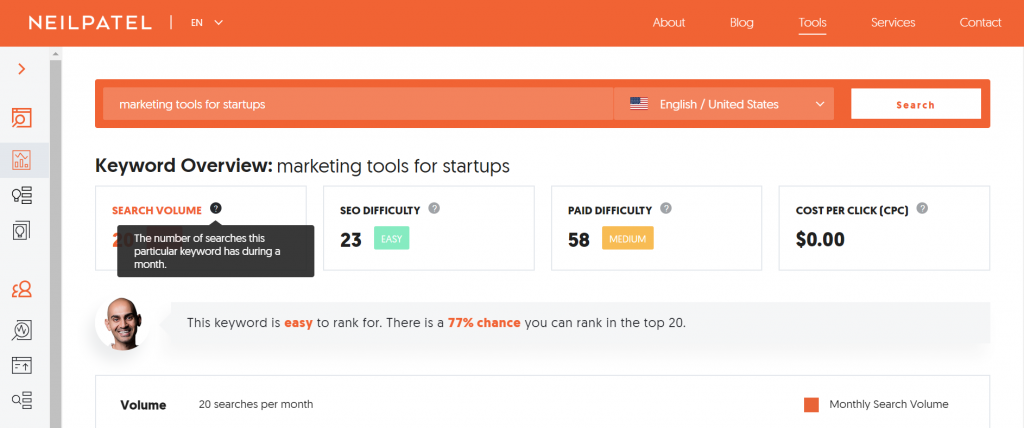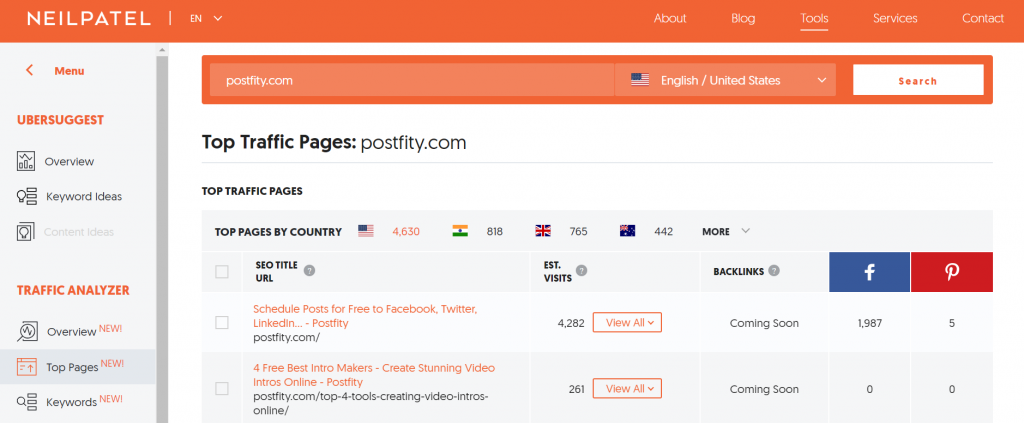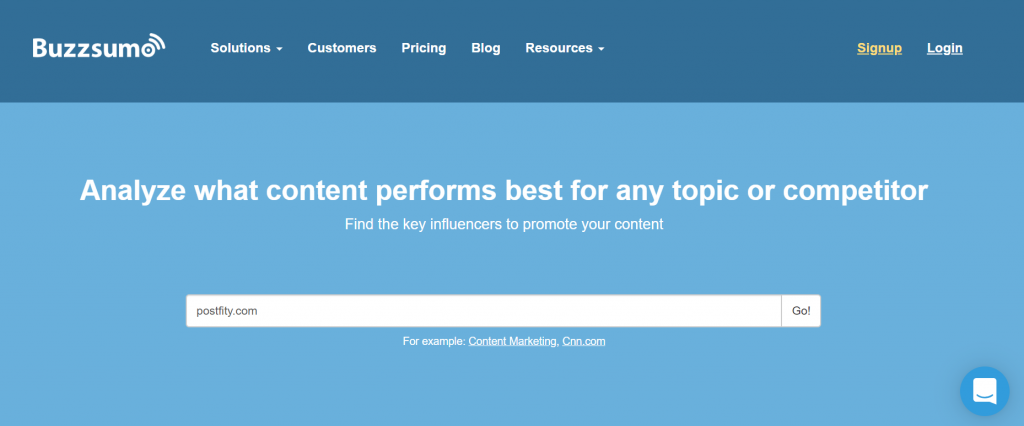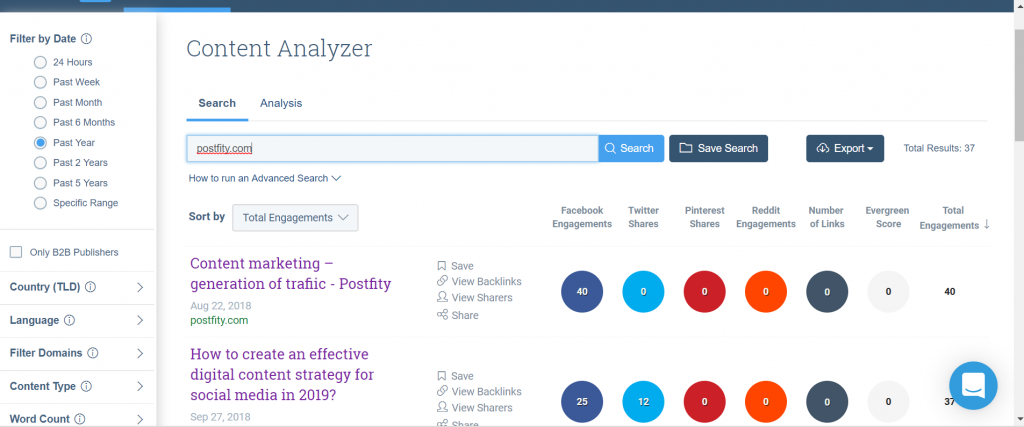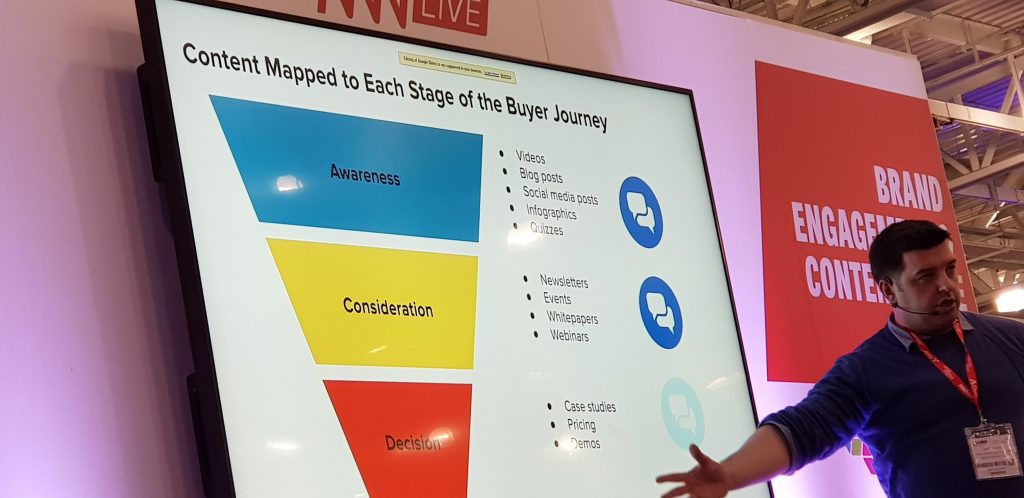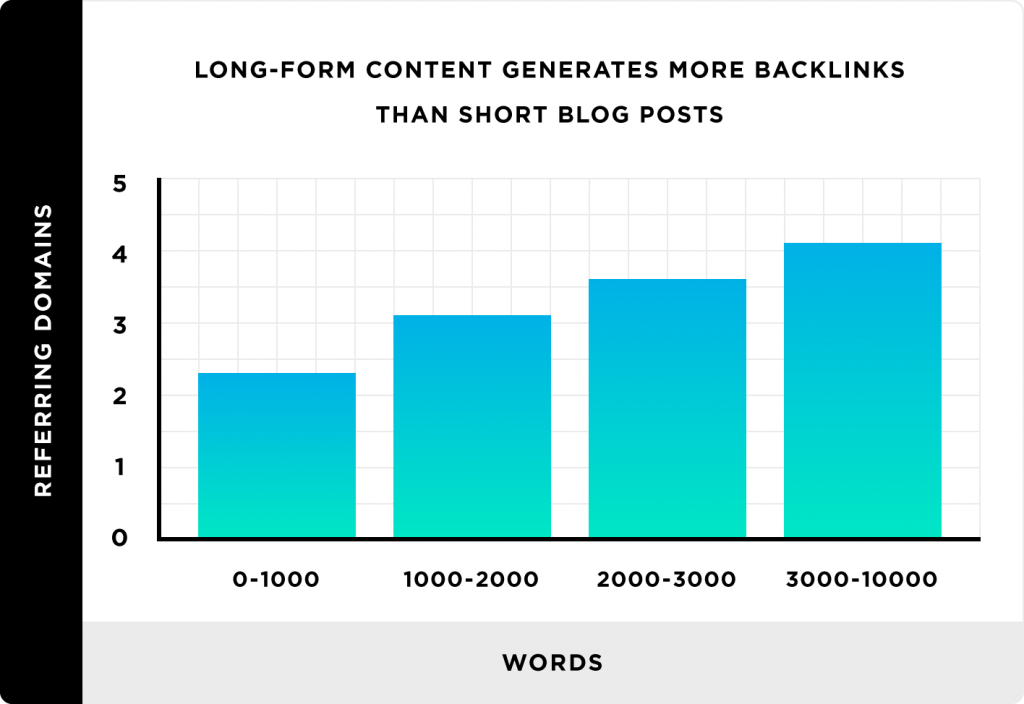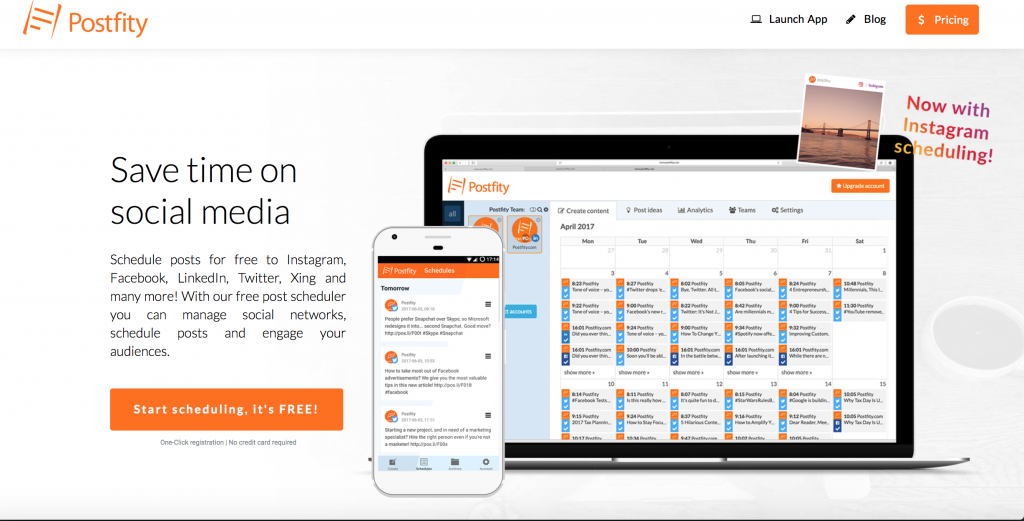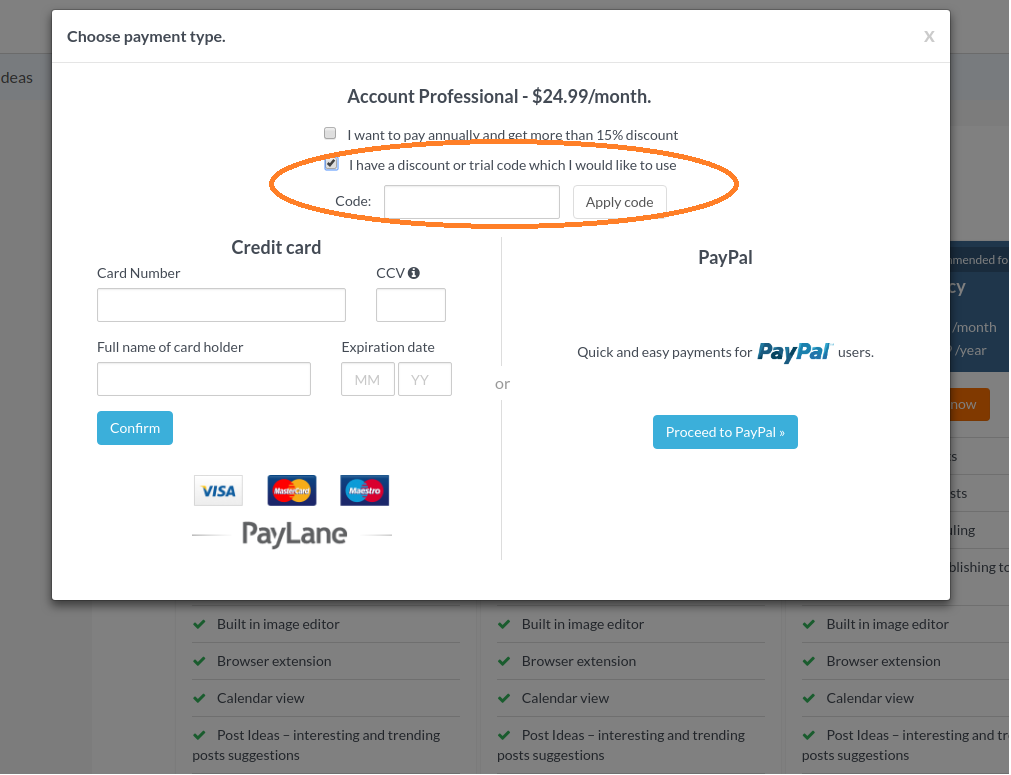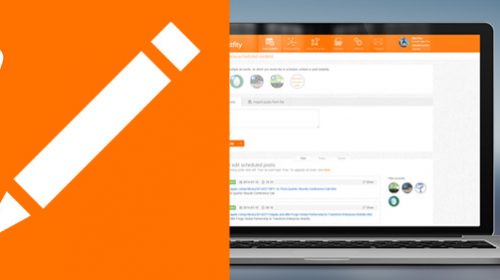I understand – you’re bootstrapping, every penny counts, and you don’t have the time to make elaborate plans or money to hire a marketing consultant…
At the same time – marketing is critical for your startup success and how you do it can be a make or break for your business.
And there is hard evidence that having a documented marketing strategy increases the ROI from marketing efforts: According to a study by the Content Marketing Institute:
“84 percent of marketers who say they are ineffective at content marketing said they have no documented strategy.”
The importance of having a startup marketing strategy
A strategy is not a content plan: when you post what, and on which platform. A good marketing strategy considers what stage of the customer journey your target audience is at, what type of content is best for them, where you should post and how you should promote it, as well as what follow-up steps you need to take to convert the audience to the next stage in the customer journey.
To do that with limited resources (both human resources, and budget) you need to automate as many processes as possible to make most of your time. And to do that, you need the right tools for each step of the process. (I know – there are plenty of lists of ‘best tools for startups’ out there – but none of them as far as I’ve seen really explains the bigger picture).
So – what are the best marketing tools for startups for each stage of the marketing process, that will help you take your business to the next level (without breaking the bank)?
To answer that question, we first need to understand the startup marketing process first.
Understanding the startup marketing process
As you can see from the infographic above, a solid startup marketing process consists of 4 pillars:
-
Strategy
-
Content
-
Promotion
-
Conversion
Pillar I – Strategy
In order to do your marketing effectively, you need to first develop a detailed game plan with KPIs. The tools you will need at this stage will be mostly used to find your target client, understand he/she is looking for, and measure the effectiveness of your efforts.
STEP 1: Find your target customer & what they are looking for
Before you even start working on your startup’s marketing strategy, you need to make sure you understand your market: who your ideal client is, what is their major pain point, and how your product/ service solves it.
You need to understand your market positioning (premium or commodity products? B2B or B2C) and Unique Value Proposition (Why your clients should buy your product instead of someone else’s?).
After you’re comfortable with that, the first step in creating your marketing strategy is to understand:
- How your target customer is currently finding solutions to their main pain point – what keywords are they looking for in Google? How can you find that out? There’s a great (and *free*) tool – Ubersuggest by Neil Patel that allows you to check the volume of searches, and how difficult it is to rank for a particular keyword (you can also find this info in free Google Keyword Planner, Google Trends and paid tools such as KWfinder, SEMrush or AHrefs.)
- What should you talk about? What they are looking for when they are searching for the solution online – what topics are popular with your target audience? How can you find that out? While the number of searches in Google Keyword Planner, or Ubersuggest will give you a hint, another way of checking which topics are popular with your audience is by doing Competitor Analysis. There are some free and paid tools that allow you to analyse which blog topics on your direct competitor’s websites are most popular with your target audience. Again, Ubersuggest offers this feature for free:
Or BuzzSumo (free up to 10 searches):
- Where you can find your target customer – and you can reach them through the right channels?
You can find statistics on where you can find different audience demographics on social media in our earlier post How to Create an Effective Digital Content Strategy in 2019 here.
STEP 2: Determine the stage of your audience in the customer journey
Before you plan any marketing efforts, you need to be aware of what stage of the customer journey your target readers are at.
‘Customer journey’ is the path your audience needs to travel from the first time they meet your brand, through becoming ‘leads’ in the ‘consideration stage’, to when they decide to actually become your customers and buy your products.
So: are you targeting people at the very top of your sales funnel, who are only getting to know your brand (=Brand Awareness stage), or are you talking to people who are already considering buying your product in a retargeting campaign (=Conversion / Decision stage)?
Depending on the stage in the marketing funnel, you are going to create different types of marketing content:
1. Awareness stage: at this stage, the audience makes the first contact with your brand. And as the old saying has it: you don’t have a second chance to make a great first impression. To make your potential customers notice your content and remember your brand, you need to create short, emotional, surprising, visually stunning content evoking arousing emotion.
Make sure your content has “social currency” – that it makes your audience feel smart/ cool about seeing it (so they will be more likely to share it). Also – there should be a clear connection between the content and your product/ service – seeing the content/ thinking or talking about it should trigger the thoughts of your brand or product.
2. Consideration stage: at this stage, the audience is already familiar with your brand and they are thinking about buying your product/ service. Use social proof to show how great it is to be using your product – show happy people using your product, present customer success studies. Again, talk feelings, not features.
3. Decision stage: at this stage, the audience is very close to buying your product and wants to know the benefits of your product – why they should use your service rather than someone else’s? The customer wants to know: “What’s in it for me?” Talk benefits, not features again – nobody is interested in the technical details unless you explain clearly why they matter for the customer.
STEP 3: Have a clear goal for each piece of marketing content
What do you want to achieve from each piece of marketing content you create? Drive more traffic from search engines? Bring more newsletter subscribers? Build brand-awareness?
For each goal, have a clear, measurable target – basically, how you’re going to operationalize (quantify) your goals:
- Traffic: 1000 new website visitors to your website per month, driven from your blog post as a landing page?
- Brand awareness: 1000 views of your post, and 50 clicks on ‘find out more’ button?
- Newsletter subscribers: 100 new newsletter subscribers/ month from the signup form embedded in your blog post?
Now that we have determined the stage of your audience in the customer journey, and what you want to achieve with your content (your goal), let’s look at what type of content fits that purpose best.
STEP 4: Determine Type of Content
Should you create a blog post? A video? Or a landing page?
That depends again on the stage of your audience in their customer journey, as well as where you are going to promote your content (paid Google Ads? Or organic posts on Facebook?)
Best Content Types by Customer Journey Stage:
Awareness Stage: Short (3-4 minute) videos on Facebook (both paid/organic) (read more about how to create a Facebook Video Marketing Strategy here), microblog posts on Instagram, a broad-topic (related to the product/service, but not directly *on* the product/ service) blog posts, promoted on relevant social media / LinkedIn or Medium.com articles.
Consideration Stage: Case studies, videos showing people using your product/ service, testimonials, landing pages with free samples/ demos
Decision Stage: Video ads presenting benefits, infographics showing ROI, customer success case studies(aka ‘Hero Case Studies’) etc.
Best Content Types by Promotion Channel:
Social Media: 3-4 minute videos, photos
Search Engines: keyword optimised blogs and landing pages
STEP 5: Determine Your Promotion Channels
Which channels are you going to use to promote your content? Do you want to promote your content organically, or is it better to invest in paid ads? Is Facebook the best place to find your audience, or maybe you should focus on LinkedIn instead? (Hint: be where your ideal clients are – no matter whether it’s a popular place or not.)
You need to determine your promotion channels actually before you create any content.
How to find out which promotion channels are best for you (= most popular with your audience)?
You can check where your audience hides on social media in our previous post here
STEP 6: Determine Your KPIs and KSIs – and how you’re going to monitor them
Once you have determined what content you are going to produce and what goals you want to achieve with it, you need a way of monitoring and measuring the results, as well as KPIs and KSIs)– use Google Analytics and/or Facebook Insights to monitor your progress and adjust your strategy accordingly (e.g. your conversion rate is lower than you thought? You need to be reaching more people – either organically, or through paid ads).
Pillar II – Content Creation
STEP 1: Do Competition Analysis & Plan Your Content Topics
- Planning your Content Topics – How can you plan your content topics strategically? See what your competition does well, and how you can improve on it. You can check which blog posts were most-popular on your competitor’s blog (=how many people shared the post on different social media and platforms) by pasting their URL into BuzzSumo’s Competitor Research Tool: Then, note down the topics and create your own content plan.
STEP 2: Do Keyword Analysis (if your goal is to attract search traffic)
If your goal is to drive more traffic to your website from search engines, you need to conduct a proper keyword analysis: which keywords your ideal customer is looking for in Google, how big is the competition for those keywords, and how difficult it is to get on Page #1 in Google for this keyword. You can check that easily using tools such as KWfinder or SEMrush. PRO TIP: target keywords with lower difficulty (below 30), even if the search volume is much lower than in the case of more popular keywords. That way you will have a chance of landing high in Google rankings. If you compete for the top-popular keywords with more established websites (with a higher Domain Authority), you practically don’t have a chance of ranking on Page #1 in Google.
STEP 3: Create Killer Content (that Sells)
Only now we can move on to actually writing the content. Good content should be:
- long – it may surprise you, but content that gets most backlinks and social shares is about 2,000 words in length – and the longer, the more likely it is to get mentions and backlinks – see the study by Brian Dean of Backlincko, who analyzed 912 million (!) blog posts to find this:
Source: https://backlinko.com/content-study
- in-depth and well-researched – bringing real value to the reader – giving them actionable, practical advice on how to solve their problem; presenting new data, findings, or statistics – or presenting them from a new, original angle.
- Having practical utility
- well-written – content that reads well, flows, uses simple language to explain complex ideas and even gives the reader a few chuckles here and there (using humour and personality in your content will never hurt your marketing efforts!)
- Including monetisation logic – some trigger that will prompt the reader to consider buying your product/ service;
- Allowing Conversion – e.g. if your goal for the blog post is to collect more email subscribers, you need to have a newsletter sign-up form/pop-up in the blog post! If your goal is directing traffic to your website – you need to link the homepage in your blog post and include a clear Call to Action (CTA) explaining to the reader why they should visit.
Pillar III – Content Promotion
STEP 1: Plan Organic Promotion
As we already mentioned – with over 500 million blogs on the Internet publishing millions of posts every day – you can’t just publish your posts from time to time on your own social media and expect the audience to find you.
You need to be strategic and post regularly, on as many platforms where you can find your target audience on as possible.
To do that time (and cost) effectively you need to have a social media scheduler that will allow you to batch your content planning, and schedule your social media in advance:
Wanna check it out for free? Postfity is now offering it highest plan for free for 30 days if you put in the code ‘academy2019‘ when signing up for the agency account:
Given the low organic reach on social media though (the organic reach on Facebook is onnly around 5% these days) you would need to have a massive audience in order to reach enough people to make enough sales. Hence, you need to go the extra mile and promote your content in groups through resharing – see this excellent Advanced Content Promotion Checklist by Process Street – and yes, it’s as much work as it looks.
‘Going the extra mile‘ with organic promotion – such as answering relevant questions on different forums and in groups, social media listening (you can use a social media monitoring tool Brand24 for that) etc. – can still bring you great results – but it will be very time-consuming.
In order to get best results from your content promotion efforts, you need to combine both organic and paid promotion.
STEP 2: Plan Paid Promotion
If you’re not a Google Ads or Facebook Ads expert – you’d better off outsourcing your paid promotion efforts to someone that is. Google Ads, Facebook Ads or LinkedIn ad campaigns are more complex than they seem. By hiring the expert you will avoid making silly mistakes and paying the so-called ‘Google Stupidity Tax’.
It’s better to pay an expert and get positive results from your ads – then save a few hundred $ and waste your marketing budget for nothing.
Pillar IV – Content Conversion
To quote Danielle Sabrina, the founder of What Vibes Your Tribe -“a media company that connects the worlds of business development, marketing, and venture capital.“:
“With any business I work with or even my own, I’m always hyper focused on the moment a prospect or lead turns into a client, aka. the conversion. That’s where the digital marketing component comes in: what’s the point of having a dope creative activation that generates press or buzz and not have the proper funnels set up digitally that can follow up and nurture those potential clients until they become actual clients?” [Source: https://tracktime24.com/Blog/play-your-strengths-entrepreneurial-advice-from-danielle-sabrina]
If you’re creating marketing content, but you have no clear Call to Action (CTA) what the reader should do after reading it, and no funnel set up – e.g. email marketing funnel to convert readers into newsletter subscribers – your content will not allow you to push the leads down the sales funnel.
And the ultimate goal of creating content for content marketing is to attract, capture and nurture potential customers for your business.
This step is crucial and inevitable.
Just think about it:
How many times did you buy a product/ service from a company straight after stumbling upon their blog post online?!
Probably never.
Maybe it wasn’t the right time for you to buy this product, or maybe you didn’t trust the business yet.
But if you had stumbled upon some really valuable posts from that company several times (think: retargeting!) you could start thinking about them more and come to a conclusion that they must be as good as their blog. Also, you started recognising their brand.
Or maybe you signed up for their newsletter, and they gave you so much value in it, you decided to buy something from them?
Whatever it was that make you consider the purchase – you probably had at least 4-6 contacts with the company before converting from a lead into a customer.
Even if you don’t quite realise it.
This is why newsletter is still so effective as a way of nurturing leads – after capturing initial interest on the blog, you can set up a drip campaign using autoresponders and keep ‘warming leads up’ on an autopilot.
For a startup, you the best email marketing tools will be the ones with a big free account – on MailChimp you can have up to 2000 subscribers for free, while MailerLite offers 1000 subscribers within the free account. Both have all the important functionalities like signup forms (you can easily embed in your blog post from a WordPress plugin), popups and landing pages available in the free version.

